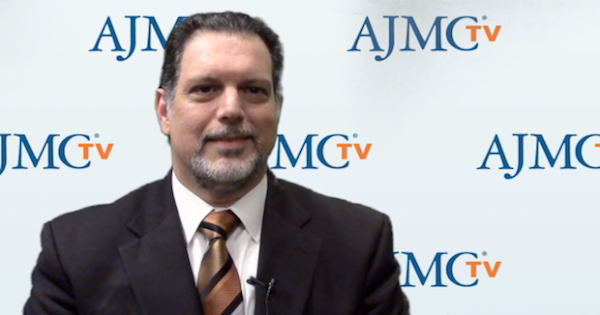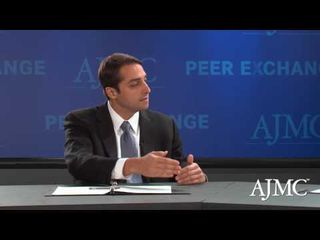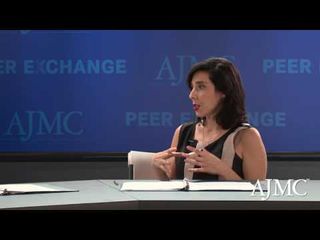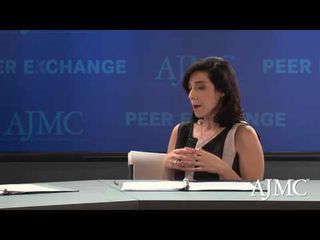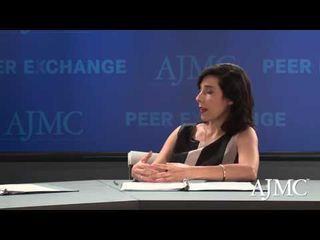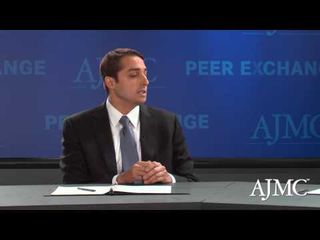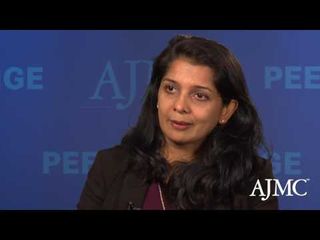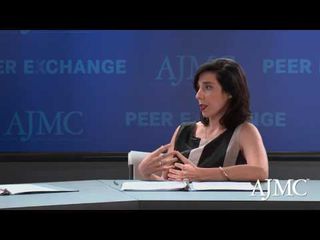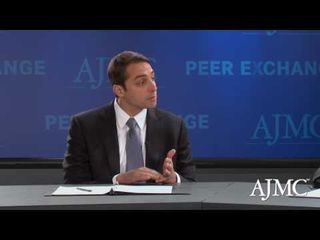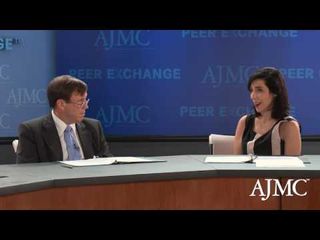
Alternative Payment Models
Latest News
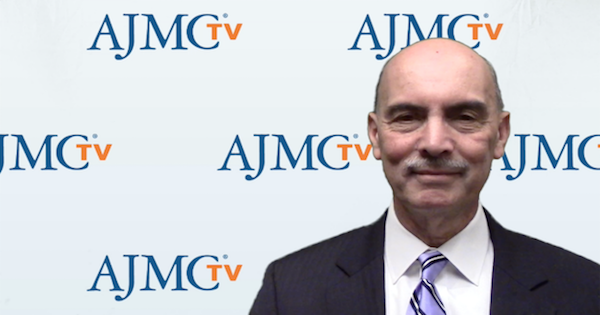
Latest Videos

CME Content
More News

Given that 2018 marks the last year of the transition-year policies, implementation challenges identified during the first 2 years of Medicare Access and CHIP Reauthorization Act (MACRA) preparation and execution must be addressed to ensure effective delivery of high-value care as intended.
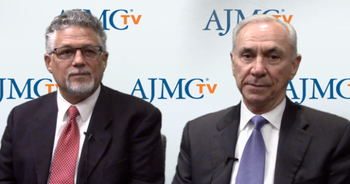
The ability to have a plan that’s going to work and be large enough that it makes sense for those involved is a barrier for employers who want to pursue alternative payment models, said David Merrill, HR benefits manager, Volusia County, Florida, and John Robinson, CEBS, REBC, RHU, president and CEO, RobinsonBush.

The Medicare Payment Advisory Commission (MedPAC) conducted a formal vote that recommend repealing and replacing CMS’ Merit-based Incentive Payment System (MIPS).

It’s very unusual to see significant cost savings in the first year of a program; that was true of all the pioneer ACO programs, said Jeff Patton, MD, CEO of Tennessee Oncology.

Maine Community Health Options is seeking $5.6 million from HHS, claiming the department failed to reimburse marketplace insurers for cost-sharing reductions for 2017. Under section 1402 of the Affordable Care Act, an insurer participating in the marketplace is required to offer CSR plans, and in return will be guaranteed reimbursement by the government.

Don’t underestimate the power that it takes to make sure a value-based program is working, said Sarah Cevallos, chief revenue cycle officer, Florida Cancer Specialists.
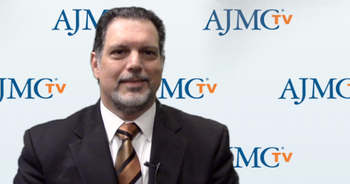
The healthcare triangle (patients, payers, and providers) begins with the patient, so we should include the patient in some of the decision-making, said Roger Brito, DO, national director for oncology, Aetna.

A look at the most popular articles published in Evidence-Based Oncology™ in 2017.

Curbs on physician self-referrals in Medicare may have made sense in a fee-for-service environment, but they present significant barriers to payment reform as the nation moves to value-based models.

More than 700 hospitals were penalized for having the highest rates of patient injuries; the Physician-focused Payment Technical Advisory Committee backed 2 new alternative payment models; and experts outline the biggest challenges of implementing and maintaining electronic health records going into the new year.

This article focuses on the financial results that may accrue to a participating hospital throughout the remainder of the Comprehensive Care for Joint Replacement program as a result of the migration from historical baseline to regional target rates, and rebasing of the historical baseline.

As people get more empowered and more informed with data, such as their own electronic medical records, they will utilize the information to do better for themselves and improve their health, said Lucio Gordan, MD, of Florida Cancer Specialists.
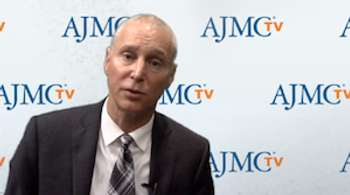
Pharmaceutical companies would like to see value-based contracts that are multi-year and over large populations, said Ira Klein, MD, MBA, FACP, senior director of healthcare quality strategy for the Strategic Customer Group at Janssen Pharmaceuticals.

This article examines the evolution of the Community Hospital Acceleration, Revitalization and Transformation investment program in Massachusetts and informs other states seeking to transform care delivery in community hospitals toward value-based care.

Scaling back the Comprehensive Care for Joint Replacement model and canceling an expansion proposed under the Obama administration represents a shift in philosophy from mandatory to voluntary bundled payment models. But some say that commercial payers and employers will demand change no matter what CMS does.

Participants from 2 oncology community practices—an oncologist–administrator combination—shared their experience with implementing the Oncology Care Model (OCM) with attendees at the Community Oncology Alliance’s Payer Exchange Summit on Oncology Payment Reform, held October 23-24, in Tysons Corner, Virginia.

Federally qualified health centers face significant financial and competitive pressures, but executives reported in a recent survey that they have identified areas for improvement and are planning a path to success.

A recent survey conducted by Integra Connect has found that a majority of specialty physicians have not yet invested in operational changes that may be essential for their success under value-based care reimbursement models.

CMS announced it will hold a meeting to gather input on potential models to pay for behavioral healthcare that would improve quality, expand access, and lower costs for beneficiaries.

Public and private payment reforms such as accountable care organization contracts have shown some initial evidence of changes in physician behavior, but their full promise remains to be seen, according to Zirui Song, MD, PhD, resident at Massachusetts General Hospital.

At the 8th Annual Oncology Market Access & Pricing USA 2017 meeting hosted by eyeforpharma, Sriram Shankar, senior consultant, INC Strategy Consulting, shared his thoughts on the implications of value frameworks for payer strategy.

The American Medical Association (AMA) has announced its choice of Barbara McAneny, MD, to lead as president-elect, making her the first oncologist to take the reins of the nation’s largest physician organization.

Fee-for-service payment models have not been successful in the field of palliative care, where small practices seem to work better under flexible programs like per member per month, said Allison Silvers, vice president of payment and policy at the Center to Advance Palliative Care.

The American Society of Clinical Oncology has developed the Patient-Centered Oncology Payment (PCOP) model with the hope that PCOP will be accepted by CMS as an advanced alternative payment model, and become available to medical oncologists as an alternative to the Merit-based Incentive Payment System.

The emergence of alternative payment models, as exemplified by the Oncology Care Model, is requiring oncologists to develop new solutions to meet the requirements of these programs. Technology available at the point of care offers an efficient solution to many of the most labor-intensive processes.
